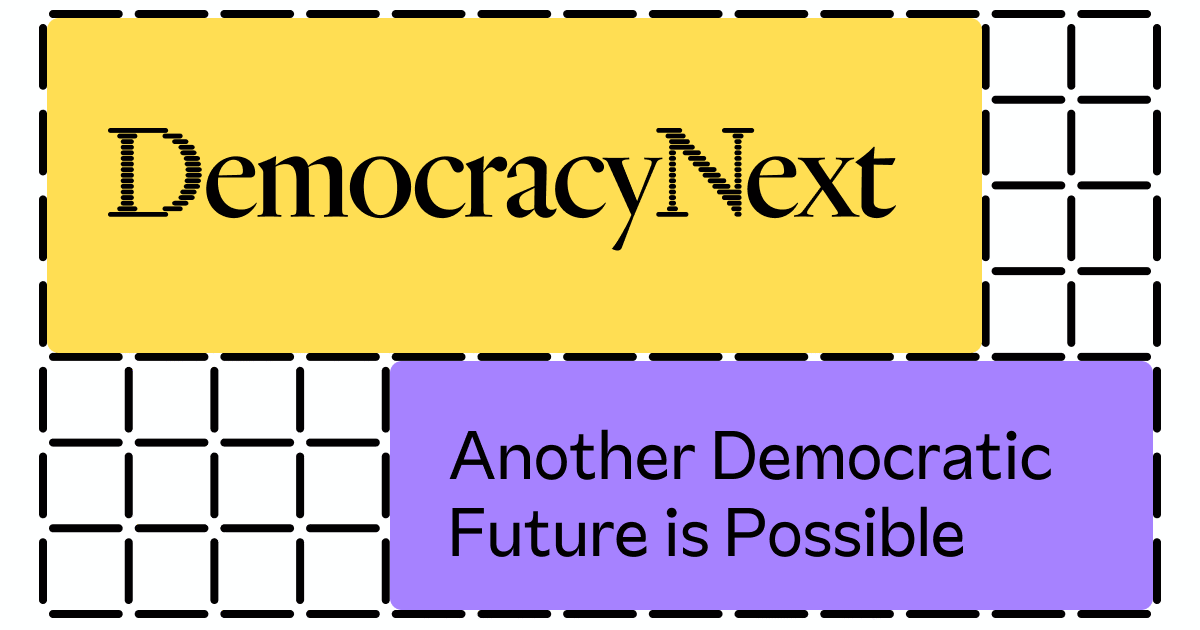Public Spaces
“The boundary between public and private is part of the conflict between public spheres. For example, until recently, only feminists though domestic violence was a public concern, rather than a private matter. Democratic publicity therefore requires positive guarantees of opportunities for minorities to convince others of what qualifies as common
... See more“That the proliferation of a multiplicity of competing publics is a step away from greater democracy. “It follows that public life in egalitarian, multicultural societies cannot consist exclusively in a single, comprehensive public sphere. That would be tantamount to filtering diverse rhetorical and stylistic norms through a single, overarching
... See more“Cultural and media studies offer a different perspective on the notion of what constitutes a public. In locating the term “public” as synonymous with “audience,” Sonia Livingstone (2005) uses the term to refer to a group bounded by a shared text, whether a worldview or a performance. The audience produced by media is often by its very nature a
... See moreSocial Network Sites as Networked Publics: Affordances, Dynamics, and Implications
“‘Disorder’ as the domination of public space for private purposes”
Charles Fain Lehman
From John Taylor Gatto’s The Underground History of American Education (via Austin Kleon):
To begin with, libraries are usually comfortable, clean, and quiet. They are orderly places where you can actually read instead of just pretending to read.... See more
For some reason libraries are never age-segregated, nor do
robertogreco • robertogreco
A Tree, a Roof, a Tent: Spatial Models for a New Democratic Paradigm
demnext.org